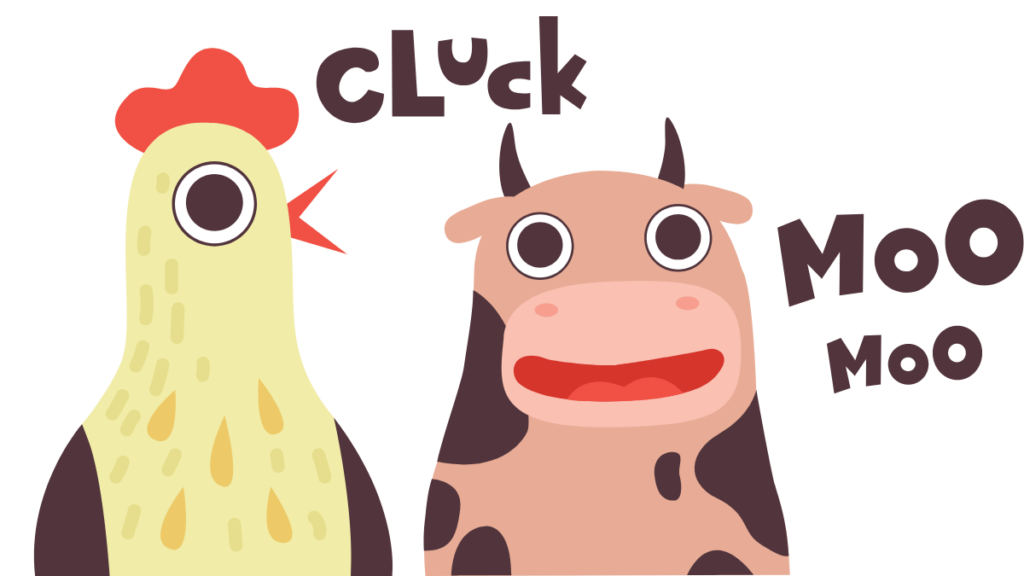The Children’s Book Review on the Benefits of Your Child Learning Animal Sounds
Learning animal sounds is more than just a fun activity for children – it plays a crucial role in their early development. From cognitive growth to social skills, understanding and mimicking animal noises offers numerous benefits for young minds. Let’s explore why this seemingly simple skill is so valuable for kids.
Here are Five Fantastic Benefits of Your Child Learning Animal Sounds:
Language Development
One of the primary benefits of learning animal sounds is its impact on language development. When children learn to imitate different animal noises, they’re actually practicing necessary speech skills:
- Phonological awareness: Distinguishing between different sounds is a fundamental aspect of language acquisition.
- Articulation: Producing various animal sounds helps children exercise their vocal cords and mouth muscles, improving their ability to form words.
- Vocabulary expansion: Learning animal names alongside their sounds introduces new words in a memorable way.

Cognitive Skills
Animal sounds also contribute to broader cognitive development:
- Memory: Associating specific sounds with particular animals enhances a child’s memory skills.
- Categorization: Grouping animals by their sounds (e.g., animals that bark or meow) helps develop categorization abilities.
- Auditory processing: Distinguishing between different animal noises sharpens auditory discrimination skills.
Social and Emotional Development
Believe it or not, animal sounds can play a role in social and emotional growth:
- Empathy: Understanding that different animals make different sounds can be an early lesson in recognizing and respecting differences.
- Confidence: Mastering animal sounds gives children a sense of accomplishment and boosts their confidence in communication.
- Social interaction: Sharing animal sounds with peers or family members encourages social engagement and play.
Cultural Awareness
Animal sounds vary across languages and cultures, offering an opportunity for cultural learning:
- Linguistic diversity: Discovering that a rooster’s “cock-a-doodle-doo” in English is “ki-ki-ri-ki” in Spanish introduces the concept of language differences.
- Global awareness: Learning about animals from different parts of the world broadens a child’s understanding of global diversity.
Nature Connection
Familiarity with animal sounds can foster an early connection to nature:
- Environmental awareness: Recognizing animal sounds in nature encourages children to pay attention to their environment.
- Interest in wildlife: This early fascination with animal noises can spark a lifelong interest in animals and conservation.
While it may seem simple, learning animal sounds is a multifaceted activity that contributes significantly to a child’s development. It supports language skills, cognitive growth, social-emotional development, cultural awareness, and connection to nature. So the next time you hear a child enthusiastically mooing like a cow or roaring like a lion, remember – they’re not just playing, they’re learning valuable skills for life.
Favorite Animal Sounds Books
- Moo, Baa, La La La! by Sandra Boynton
- Peek-a-Who? by Nina Laden
- Oh Dear!: A Farm Lift-the-Flap Book by Rod Campbell
- Do Cows Meow? by Salina Yoon

